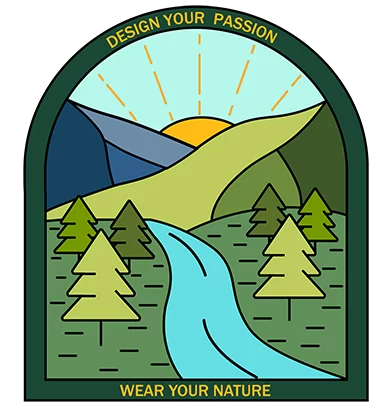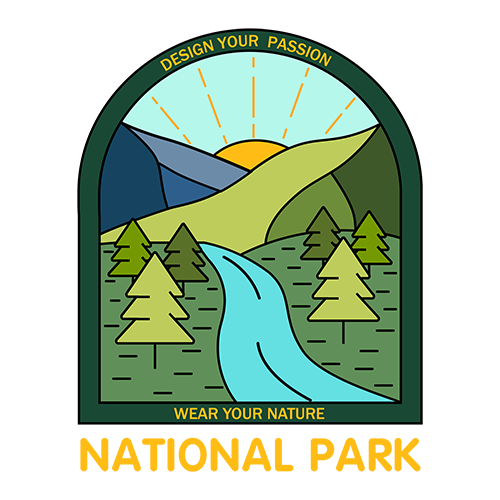Welcome to the lush, vibrant world of Biscayne National Park, where the beauty of nature unfolds in every corner. As you embark on this journey through one of Florida’s most treasured ecosystems, you’ll discover a fascinating array of “plants in Biscayne National Park” that paint the landscape with their unique colors and forms. Each plant plays a crucial role in maintaining the park’s delicate balance, from the resilient mangroves that anchor the shorelines to the delicate seagrasses that sway beneath the crystal-clear waters.
This article will guide you through the diverse flora that call Biscayne National Park home, offering insights into their adaptations, ecological significance, and the stories they tell about this remarkable environment. So, let’s dive in and explore the living tapestry of plants that make Biscayne National Park a true botanical paradise with nationalparkshops’s team.
Nonvascular Plant
Seagrass, the key nonvascular plants in Biscayne National Park, thrives throughout the bay and reef tract. Its critical functions include maintaining water clarity, stabilizing sediment, and fostering biodiversity in the ecosystem. Seagrass reproduces via spores and falls within the following classification:
- Domain: Eukarya
- Kingdom: Plantae
- Class: Liliopsida
- Order: Najadales
- Family: Zosteraceae
- Genus: Zostera
Its presence is essential to the park’s marine environment, supporting various aquatic species and contributing to overall ecosystem health.

Seedless Vascular Plant
The Aspidium fern, often called the “Lady Fern” or “Female Fern,” is a type of seedless vascular plant found in Biscayne National Park. Known for its ability to form colonies of fronds, this fern plays a role in the diversity of plants in Biscayne National Park. The classification of the Aspidium fern is as follows:
- Domain: Eukarya
- Kingdom: Plantae
- Class: Pteridopsida
- Order: Polypodiales
- Family: Dryopteridaceae
- Genus: Aspidium
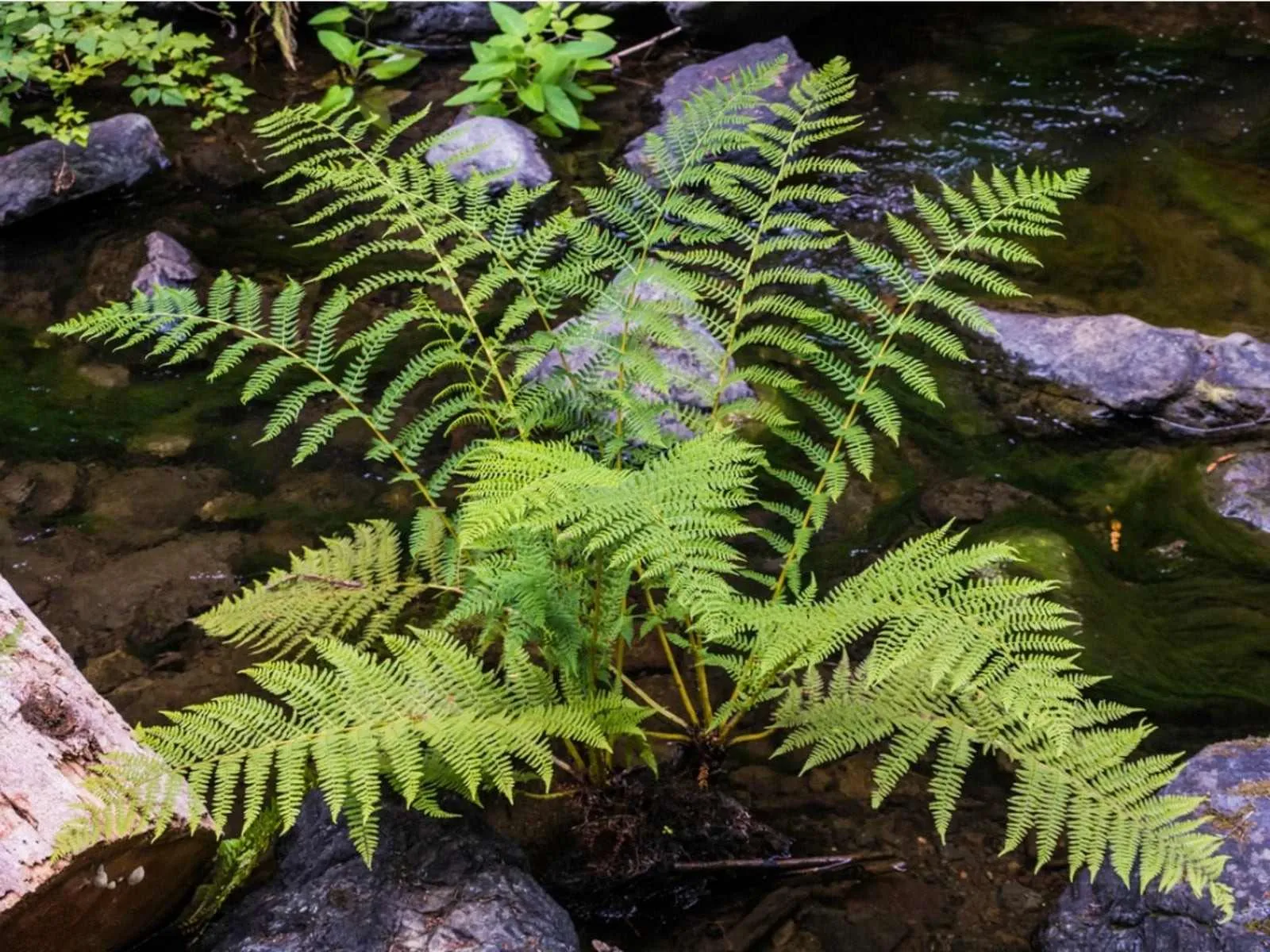
Angiosperms
Angiosperms, or flowering plants, are abundant in Biscayne National Park.
>> Best Time To Visit Biscayne National Park
Red Mangrove
The red mangrove tree, once abundant along Florida’s coastline, thrives on muddy shores where its distinctive prop roots spread outward into waters up to three feet deep, giving the appearance of “walking on water.” These stilt-like roots form dense thickets, creating an almost impenetrable barrier along the coast.
Red mangrove seeds, known as propagules, resemble large green beans or cigars and germinate while still on the parent tree. Once they fall, they can float in the water for up to a year before anchoring to the shoreline, eventually developing into mature trees. This is one of the most popular plants in Biscayne National Park.
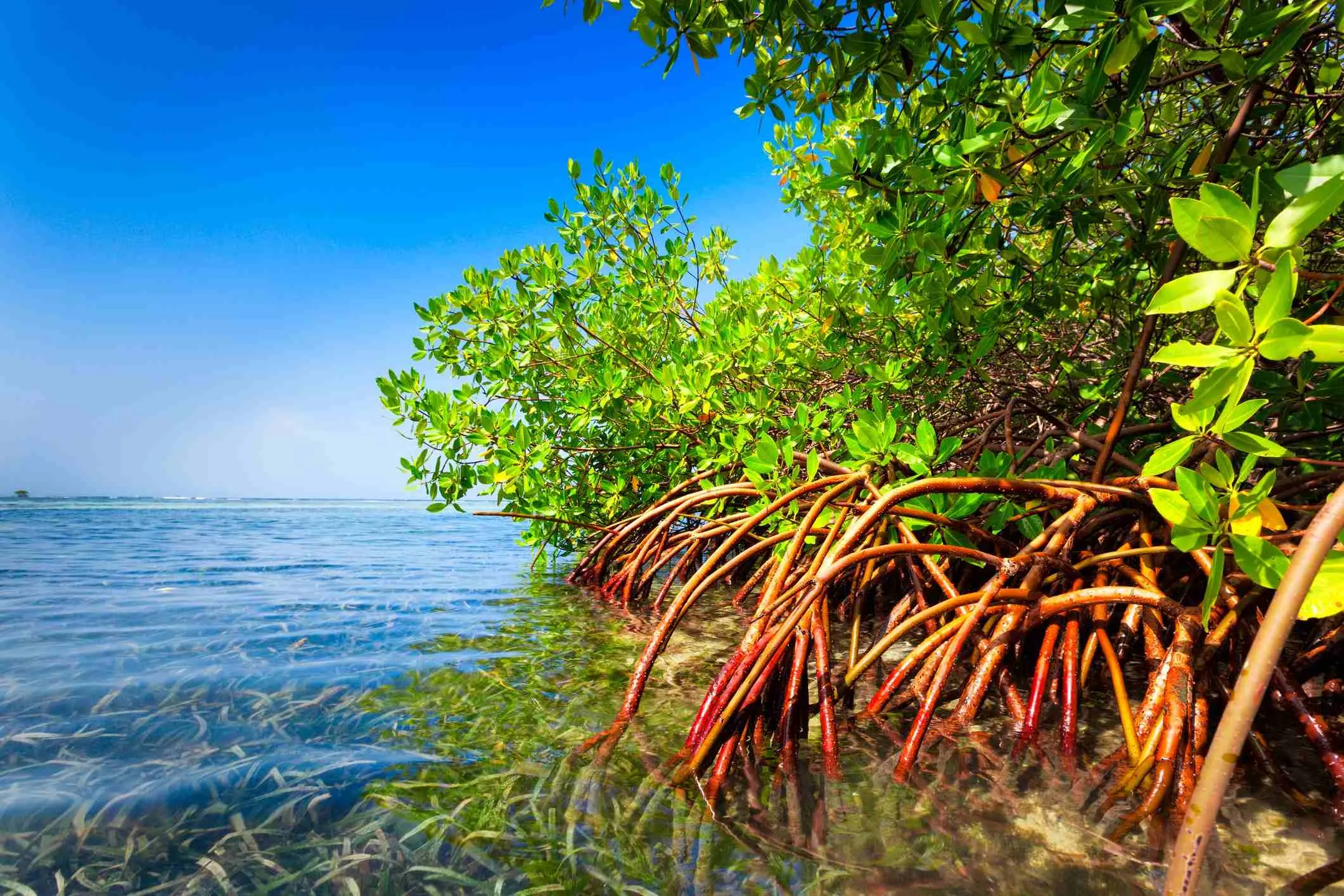
Black Mangrove
The black mangrove thrives in salty, silty, and waterlogged soils along tidal shorelines, favoring slightly higher and drier areas than the red mangrove.
A defining feature of this mangrove is its pneumatophores, or specialized “snorkel” roots, which extend six inches or more above the soil around the trunk. These roots enable the tree to absorb oxygen even when submerged during high tides.
Similar to the red mangrove, the green seeds of the black mangrove germinate while still on the tree. They then float in saltwater for up to four months before settling in a suitable spot to grow.
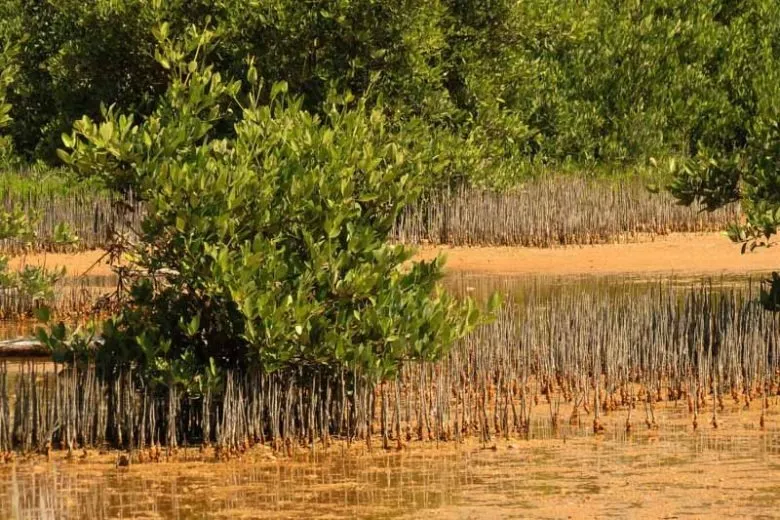
>> Animals in Biscayne National Park
White Mangrove
The white mangrove typically grows further inland compared to red and black mangroves. Its leaves feature two salt-excreting glands near the base, allowing the plant to remove excess salt effectively. While all mangroves struggle in cold temperatures and are susceptible to freezing, one of these plants in Biscayne National Park is the least cold-tolerant of the three, making it especially vulnerable to low temperatures.

Dicotyledons
The Chinese Hibiscus belongs to the Plantae kingdom, meaning it is autotrophic and generates energy through photosynthesis. As a member of the Angiosperms, it can produce flowers, including stamens, carpels, and tiny pollen grains. This versatile flower can serve multiple purposes: it’s used as a food ingredient, a natural hair care product, and even as a pH indicator due to its color-changing properties in response to different pH levels.
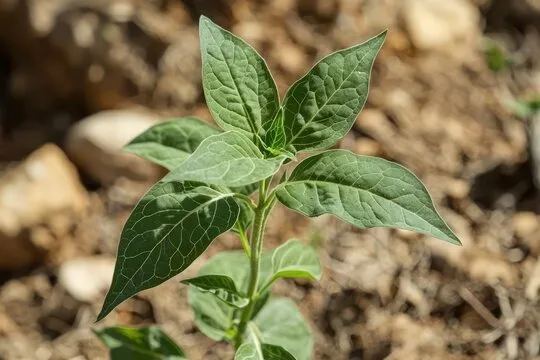
>> Facts about Biscayne National Park
Monocotyledons
Spider lilies are eukaryotes, meaning they possess a nucleus and membrane-bound organelles. As members of the Plantae kingdom, they are autotrophic, generating their energy through photosynthesis. One of these plants in Biscayne National Park exhibits parallel venation, with long, string-like veins, and has a single cotyledon, characteristic of monocots.
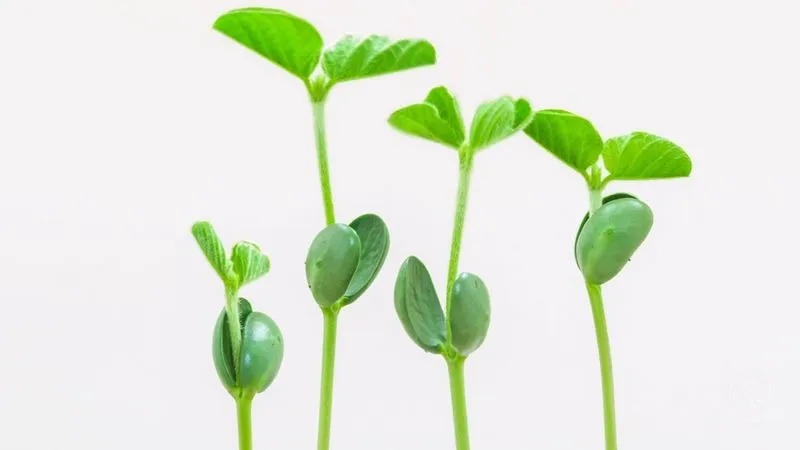
Gymnosperms
The gymnosperms stood out as particularly intriguing. One of the plants in Biscayne National Park, which produces seeds without flowers or fruit, includes the striking Florida Thatch Palm (Thrinax radiata). This palm tree, with its fan-shaped leaves and slender trunk, is perfectly adapted to the sandy soils typical of coastal areas.
As I wandered through the park, I couldn’t help but marvel at the elegant beauty of these palms, their graceful forms set against the backdrop of blue skies and shimmering waters. Beyond their visual appeal, these gymnosperms play a crucial role in the ecosystem, providing essential habitat for birds and insects while contributing to soil stabilization along the coastal areas.
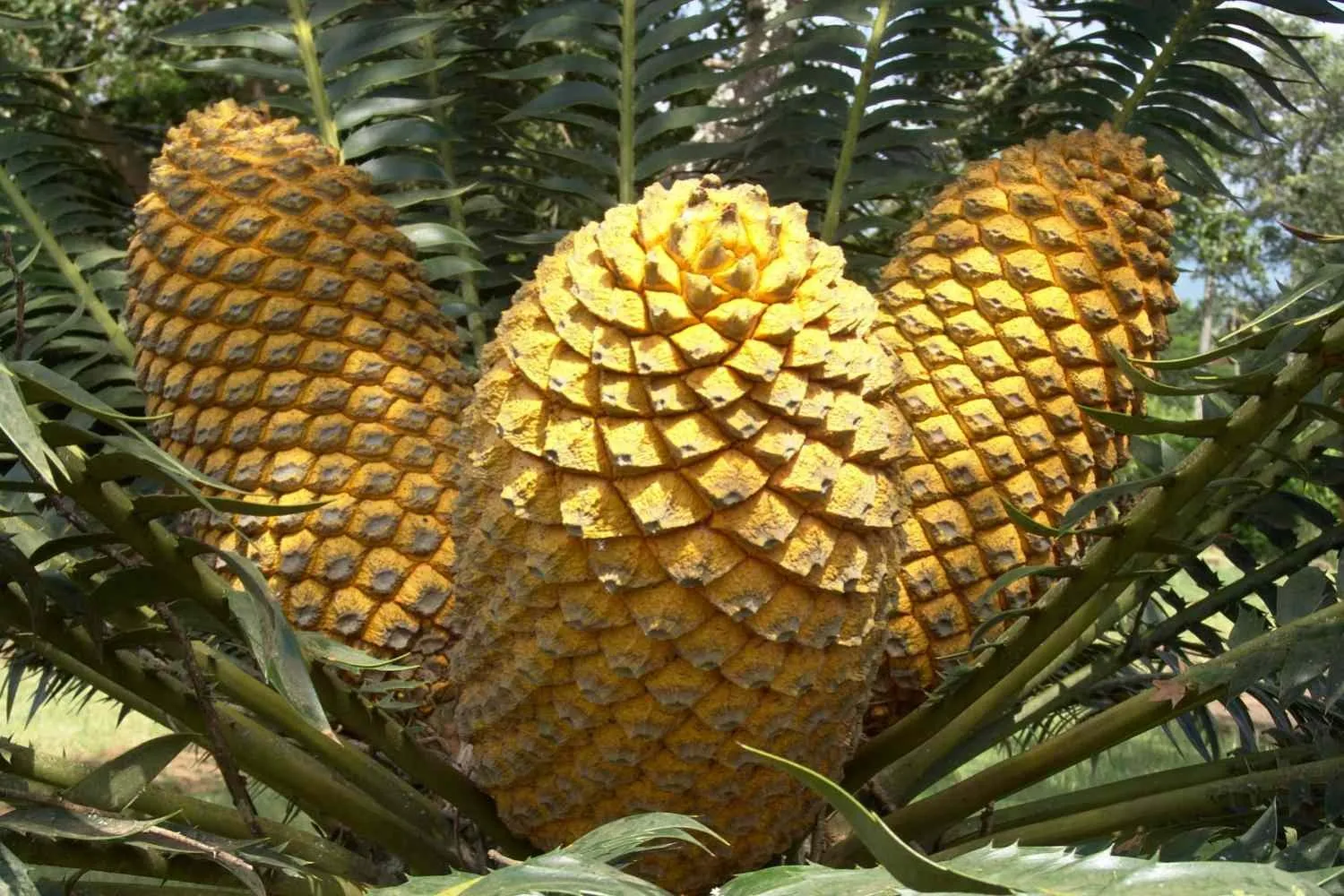
>> Biscayne National Park Weather: Average Temperatures Each Season
Coral Reefs
The coral reefs that encircle Biscayne National Park are among its most remarkable features, offering a breathtaking glimpse into the underwater world. Although corals are not technically plants, their symbiotic relationship with algae known as zooxanthellae makes them essential components of marine ecosystems. This unique partnership not only gives corals their vibrant colors but also plays a vital role in the health of the reef.
As a biodiversity hotspot, these reefs support an incredible array of marine life, including over 200 species of fish and various mollusks, each contributing to the intricate web of life beneath the waves. Coral reefs provide invaluable ecosystem services, such as protecting coastlines from erosion and offering a habitat for countless marine organisms. Snorkeling over these vibrant reefs was one of my favorite experiences in Biscayne National Park.
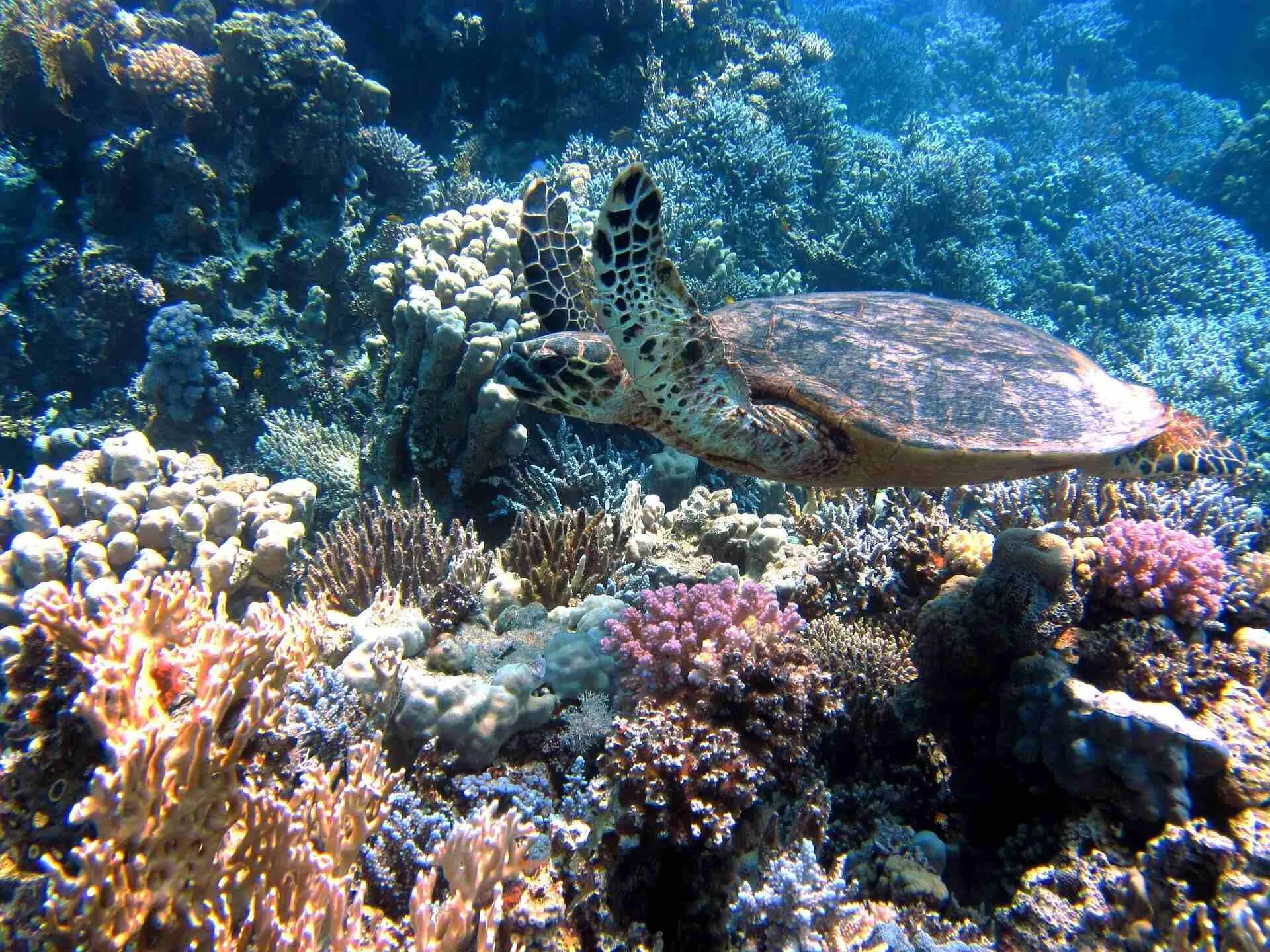
Trees and Shrubs
Biscayne National Park is not only a haven for marine life but also a sanctuary for a variety of trees and shrubs that contribute to its rich ecological diversity. Among the notable examples are the Gumbo Limbo Tree (Bursera simaruba), affectionately known as the “tourist tree” due to its reddish-brown bark that peels away like sunburned skin, and the Cabbage Palm (Sabal palmetto), the state tree of Florida. These trees not only add to the park’s aesthetic appeal but also play crucial roles in the ecosystem. The Cabbage Palm, for instance, provides habitat for numerous birds and insects, while offering welcome shade along the park’s trails.
During my hikes through different sections of the park, I often found myself pausing beneath these majestic trees to rest and appreciate their beauty. As I leaned against the sturdy trunks of the Gumbo Limbo Trees or sat in the dappled shade of the Cabbage Palms, I couldn’t help but marvel at the intricate web of life that surrounded me. The gentle rustling of leaves and the melodic chirping of birds overhead created a serene atmosphere, making each moment spent in these natural sanctuaries truly unforgettable. These encounters with the plants in Biscayne National Park not only enriched my understanding of its ecological significance but also deepened my connection to the natural world.

>> How To Get To Biscayne National Park Easiest
Wildflowers and Herbaceous Plants
Biscayne National Park’s landscapes are alive with vibrant wildflowers and herbaceous plants that bring bursts of color throughout the year. The hardy Beach Sunflower, or Helianthus debilis, thrives in the sandy soils along coastal areas, while Golden Samphire, known scientifically as Salicornia spp., is a salt-tolerant plant often found along shorelines and even used in culinary dishes for its unique flavor.
Together, these wildflowers not only enhance the park’s visual appeal but also attract pollinators like bees and butterflies, which are essential to maintaining ecological balance within plants in Biscayne National Park diverse ecosystems.

Endangered and Threatened Species
Several plants in Biscayne National Park are listed as threatened or endangered, and their presence in the park is either confirmed or suspected. If you are fortunate enough to encounter any of these rare plants during your visit, cherish the sighting, but remember to respect their delicate status.
Endangered Species
- Green Sea Turtle (Chelonia mydas)
- Hawksbill Sea Turtle (Eretmochelys imbricata)
- Schaus’ Swallowtail Butterfly (Heraclides aristodemus ponceanus)
- Elkhorn Coral (Acropora palmata)
- Staghorn Coral (Acropora cervicornis)
Threatened Species
- American Crocodile (Crocodylus acutus)
- Eastern Indigo Snake (Drymarchon corais )
- Florida Semaphore Cactus (Microcilia bahiensis)
- All Stony Corals
Conclusion
As we conclude our journey through the captivating world of “plants in Biscayne National Park” it’s clear that this unique ecosystem is a treasure trove of botanical wonders. From the resilient mangroves and elegant palms to the vibrant coral reefs and diverse trees, each plant plays a vital role in maintaining the park’s ecological balance and beauty. Exploring these florae not only offers a deeper appreciation for the natural world but also highlights the importance of conservation efforts to protect these delicate habitats.
So, the next time you visit this remarkable park, take a moment to pause and appreciate the living tapestry that surrounds you – a testament to the enduring beauty and complexity of nature.
FAQs
What is the flora and fauna of Biscayne National Park?
Biscayne National Park boasts an incredible array of flora including mangroves, seagrasses, coral reefs, trees, shrubs, wildflowers, and endangered plant species. Its fauna includes over 600 native fish species, migratory birds, sea turtles, manatees, dolphins, and various other wildlife forms that thrive within its diverse ecosystems.
What are the decomposers in Biscayne National Park?
Decomposers such as fungi and bacteria play crucial roles within Biscayne National Park’s ecosystems by breaking down organic matter from dead plants and animals. This process recycles nutrients back into soil or water systems – essential for sustaining life throughout various habitats within this national treasure!
>> Read More:
